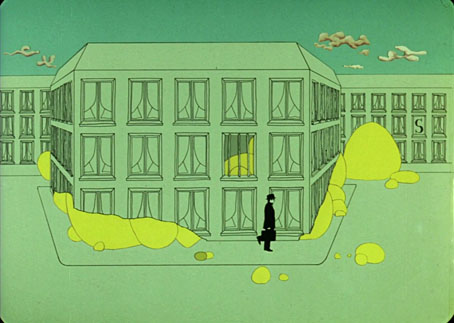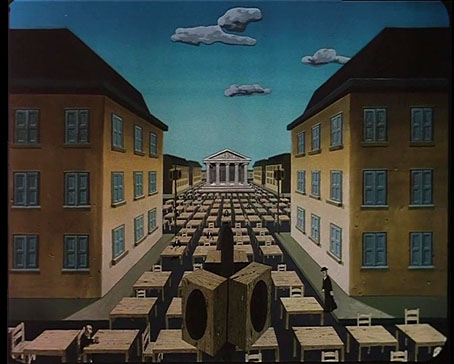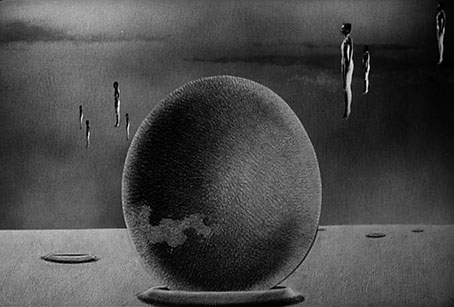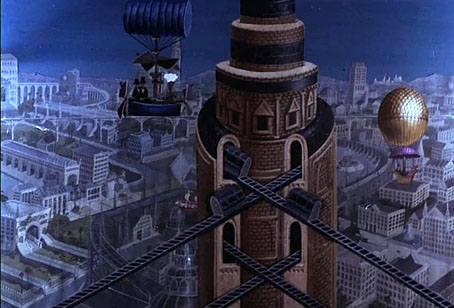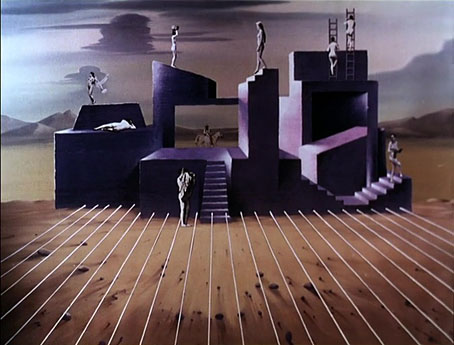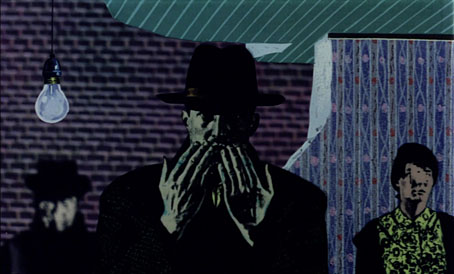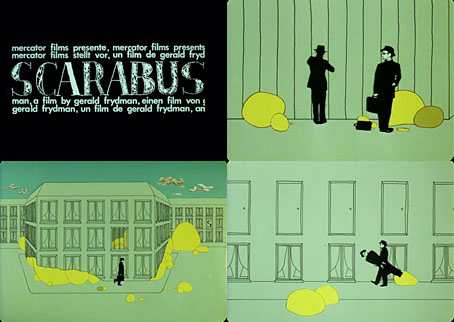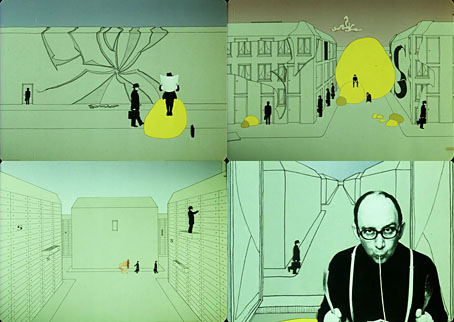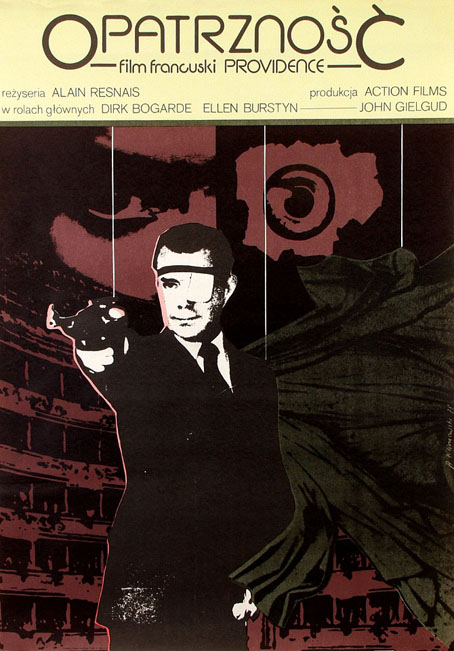
Providence (1977). Polish poster by Andrzej Klimowski.
After mentioning Alain Resnais’s Providence in the Sibylle Ruppert post I tried searching eBay again to see if any of the long-deleted French DVDs of the film could be found for under £100. This has been at the top of my DVD/blu-ray wants list for some time even though I’ve had an illicit DVD rip for a couple of years. I like having hard copies of favourite films, however, and this particular one has been bizarrely, stubbornly unavailable for far too long. Is it streaming somewhere? Probably. That may be fine for you but I don’t use those services.
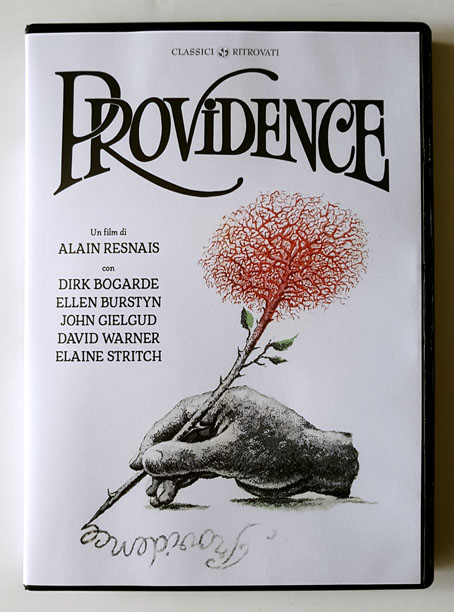
Anyway, there were no French DVDs at all but there are now plenty of these, a new Italian DVD which is almost the same as the French one—Italian/English audio tracks rather than French/English—with the same bonus feature about the making of the film. (French or Italian, the film was shot in English with a British and American cast.) I could enthuse at length about Providence but it’s one of those films that’s probably best seen without knowing too much in advance. Last Year at Marienbad is the film for which Alain Resnais will always be remembered but Providence is very clever and more fun to watch. Jan Dawson in Time Out described it as “a haunted, haunting journey through the corridors of the unconscious mind…a Freudian ballet that is also pure cinema.” The original screenings in France were accompanied by Scarabus, a very strange animated short by Gérald Frydman.
So that’s another one to tick off the list, although I’d still prefer a blu-ray edition; the sombre photography by Ricardo Aronovich deserves as much. Meanwhile, I think another Resnais film, Je t’aime, Je t’aime, may now be at the top of the wants list. Either that or a collection of all the short films made by Anthony Balch in the 1960s, although I’m not expecting these to surface any time soon.
Previously on { feuilleton }
• Art on film: Je t’aime, Je t’aime
• Art on film: Providence
• Marienbad hauntings
• Les Statues Meurent Aussi, a film by Chris Marker and Alain Resnais
• Toute la mémoire du monde, a film by Alain Resnais

